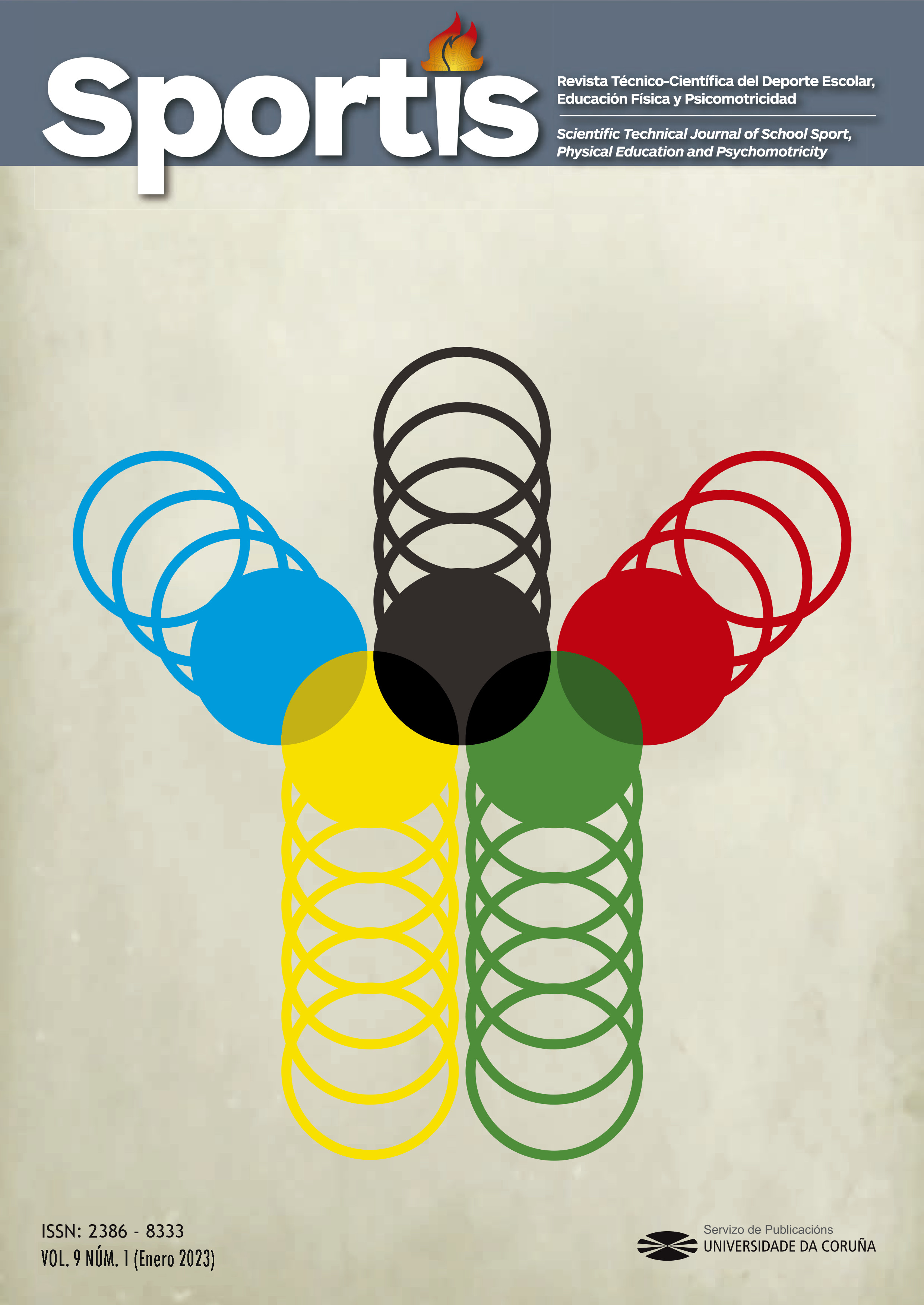Position-based anthropometric characteristics and general physiological performance of national level, U18 ice hockey players
Main Article Content
Abstract
Identifying talented players requires subjective, as well as objective assessments of playing ability and performance. The assessment of anthropometric characteristics, as well as general physiological performance can be used for player selection. The primary purpose of this study was to determine whether positional profiling is possible for national level ice hockey players by examining anthropometric characteristics and physiological performance. The study involved two ice-hockey teams, U18 and U23, in total of 49 athletes (32 forwards and 17 defensemen), members of the “Székelyföldi” Ice Hockey Academy (SZJA). Data collection was conducted in May 2020, at the SZJAs Medical and Methodological Center. Body height was determined including barefoot height (± 0.1 cm) using a wall mounted stadiometer. Body weight was measured with a standard scale. A standard incremental maximal oxygen uptake test was conducted in the laboratory by means of open-circuit spirometry and computerized instrumentation (CPET Cosmed, Italy) following the Bruce protocol. With the use of the descriptive statistics, we found no differences at the anthropometric characteristics between forwards and defensemen. Regarding the physiological characteristics, some possible differences were found for maximal- and absolute oxygen uptake rate. While our results from descriptive statistics show no significant differences between the two studied ice hockey position, based on the Mann-Whitney U test, considering all parameter values, we found that there were significant differences between the two groups within this sample number.
Keywords:
Downloads
Article Details
References
Stanula, A., & Roczinok, R. (2014). Game intensity analysis of elit adolescent ice hockey players. Journal of Human Kinetics, 211-221. https://doi.org/10.2478/hukin-2014-0126
Lamoyne, J., Brunelle, J.-F., Pelletier, V., Glaude-Roy, J., & Martini, G. (2022). Talent Identification in Elite Adolescent Ice Hockey Players: The Discriminant Capacity of Fitness Tests, Skating Performance and Psychological Characteristics. Sports. https://doi.org/10.3390/sports10040058
Delisle-Houde, P., Chiarlitti, N. A., Reid, R. E., & Andersen, R. E. (2019). Predicting on-ice skating using laboratory- and field-based assessments in collegiate ice hockey players. International Journal of Sports Physiology and Performance, 1184-1189. https://doi.org/10.1123/ijspp.2018-0708
Nightingale, S. C., Miller, S., & Turner, A. (2013). The usefulness and reliabilty of fitness testing protocols for ice hockey players: a literature review. Journal of Strength and Conditioning Research, 1742-1748. https://doi.org/10.1519/JSC.0b013e3182736948
Lowery, M. R., Tomkinson, G. R., Peterson, B. J., & Fitzgerald, J. S. (2018). The relationship between ventilatory threshold and repeated-sprint ability in competitive male ice hockey players. Journal of Exercise Science & Fitness, 32-36. https://doi.org/10.1016/j.jesf.2018.03.003
Bernal-Orozco, M. F., Posada-Falomir, M., Quinonez-Gastelum, C. M., Plascencia-Aguilera, L. P., Arana-Nuno, J. R., Badillo-Camacho, N., . . . Vizmanos-Lamotte, B. (2020). Anthropometric and Body Composition Profile of Young Professional Soccer Players. Journal of Strength and Conditioning Research, 1911-1923. https://doi.org/10.1519/JSC.0000000000003416
Burr, J. F., Jamnik, R. K., Baker, J., Macpherson, A., Gledhill, N., & McGuire, E. J. (2008). Relationship of physical fitness test results and hockey playing potential in elite-level ice hockey players. Journal of Strength and Conditioning Research, 1535-1543. https://doi.org/10.1519/JSC.0b013e318181ac20
Józsa, R., Atlasz , T., Tékus , É., & Wilhelm , M. (2015). A terhelésélettan alpjai I. Pécs: Pécsi Tudományegyetem
Ong, G., Connelly, K. A., Goodman, J., Leong-Poi, H., Evangelista, V., Levitt, K., Chow, C.-M. (2017). Echocardiographic Assessment of Young Male Draft-Eligible Elite Hockey Players Invited to the Medical and Fitness Combine by the National Hockey League. The American Journal of Cardiology, 2088-2092. https://doi.org/10.1016/j.amjcard.2017.03.042
Pearsall, D. J., Turcotte , R. A., & Murphy, S. D. (2000). Biomechanics of Ice Hockey. Exercise and Sport Science, 675-692.
Roczinok, R., Stanula, A., Maszczyk, A., Mostowik, A., Kowalczyk, M., Fidos-Czuba, O., & Zając, A. (2015). Physiological, physical and on-ice performance criteria for selection of elite ice hockey teams. Biology of Sport, 43-48. https://doi.org/10.5604/20831862.1180175
Roczinok, R., Adam, M., Przemysław, P., Stanula, A., & Gołaś, A. (2014). On-ice Special Tests in Relation to Various Indexes of Aerobic and Anaerobic Capacity in Polish League Ice Hockey Players. Procedia - Social and Behavioral Sciences, 475-481.
Vescovi, J. D., Murray, T. M., & VanHeest, J. L. (2006). Positional Performance Profiling of Elite Ice Hockey Players. International Journal of Sports Physiology and Performance, 84-94. https://doi.org/10.1123/ijspp.1.2.84
Waqas, M. A., Iqbal, F., Zia ul Haq, M., Nadeem, Z., Haq, S., & Ahmad, S. (2021). Endurance Capacity of The Pakistani National Football Players According to Their Playing Position. International Journal of Physiotherapy, 235-238. https://doi.org/10.15621/ijphy/2021/v8i4/1098







